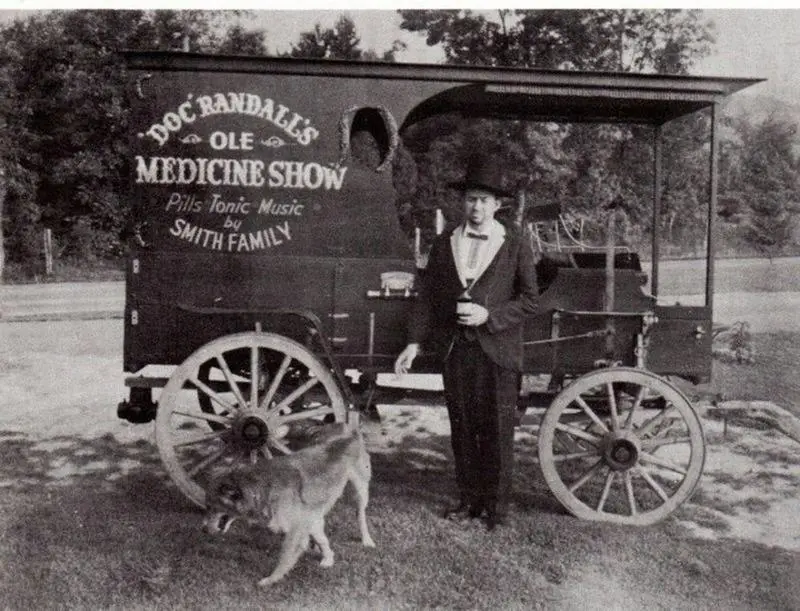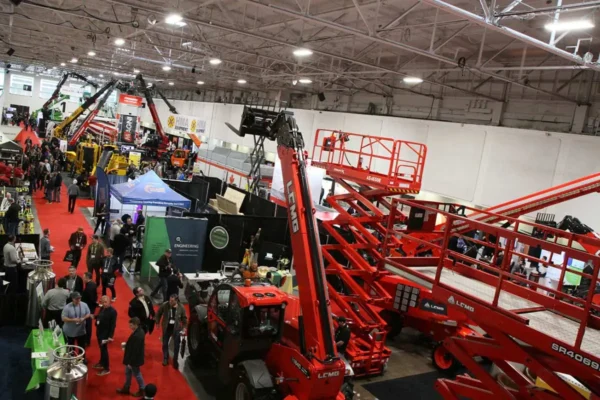By Larry Kulchawick
The strongest contributor to exhibiting success is in the power created from a face-to-face
engagement. In person, eye-to-eye communication can be more effective than any other form of communication because it allows people to use both verbal and nonverbal cues to convey meaning. Face-to-face communication is having the ability to see the other person, or people, during a conversation. It’s an opportunity to exchange more than just words where both the speaker and listener can observe and adjust based on body language and expression. Be it an exhibit presenter or a one-on-one discussion at a tradeshow, in person discussions enhance emotion. Emotion is the one component that supercharges a decision to buy, provided that there is a need from the buyer that is rationalized to be positive.
A live presentation at a tradeshow can be a powerful tool to attract attention. Most often, the attraction to stop and listen has nothing to do with a product or service being sold. The initial attraction is entertainment that then evolves into a sales pitch. Gifted presenters can deliver effective results.
Before tradeshows, one of the earliest forms of live selling in America was the Patent Medicine Show. Hucksters would promote potions and lotions from the back of small wagons. They always provided entertainment to gather a crowd before they launched into their pitch. Most of what they sold was harmless although it seldom, if ever, delivered on the curative promises extolled by the pitchman.

Medicine shows came about as a result of patent medicine companies. These companies would hire show people and pitchmen to sell their medicines in towns and villages throughout the US. The main purpose of the patent medicine show was to sell the crowd that gathered for the entertainment the patent medicine. The premise was simple: offer a free show to gather a crowd and entertain the crowd. Entertainment could be acts such as singers, comic sketches, jugglers, acrobats, music, magic, ventriloquism, card sharks, and dancing. Once the crowd had been entertained the pitchman (often called Doctor or Professor) would be announced.
The concept of incorporating a live presentation into a tradeshow exhibit was done at many of the early World Fairs to attract attention. In the early ‘80s Fred Kitzing in Chicago pushed the idea that “Exhibits don’t sell, People do.” Fred believed exhibits were intended to be “selling machines.” He thought they should be designed to attract attendees into the booth and enable the closing of sales. In order to do that, he believed the salespeople had to be energized, passionate, and involved. Unlike other exhibit firms at the time, Fred employed marketers, script writers, actors, and magicians to support his ideas for exhibit marketing. In time, other companies were formed that specialized in live presentation at tradeshows. One such company was a disciple of Fred’s named Elaine Cohen. She started a company named Live Marketing that remains successful to this day.
The internet and human influences can steer us in a direction to make a decision, but the final decision to buy must be based on a predetermined criteria for what we believe to be a true need. Professional exhibit marketing, along with professional human presenters, are powerful tools, but must be designed and diligently orchestrated to be effective. A stage area will be required with a booth staff in full cooperation with the concept. The internet, and tradeshow marketing, will not continue to be successful if viewed as huckster tools to attract without a sensitivity about the buyer experience or their true needs. Tradeshows are not a magic act to wow a visitor into buying. Tradeshow exhibitors must engage tactfully to earn trust and open opportunities for a sale -live presentation or not.























